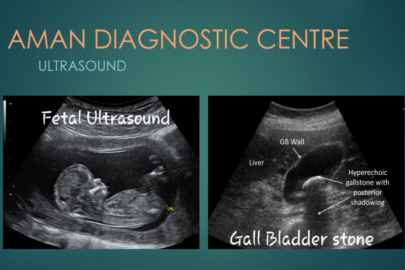LOW BACKACHE is a common complaint particularly in the middle aged group. It is not a disease as such, but can be a symptom for some underlying disorder.
COMMON CAUSES
Injury/trauma, Incorrect posture, Age/Weight related degenerative changes, Fibromyalgia and rarely Infection, Autoimmune diseases and Cancer.
In maximum cases, there is no serious underlying cause and the pain resolves on its own. In these patients, the cause is usually mechanical stress. Activities like heavy weight lifting, sitting for long periods of time may cause the pain. No imaging or blood investigations are required in these patients, and over the counter painkillers and exercise provide easy relief.
The rest need diagnostic imaging and some blood tests to dig out the cause. You may belong to this category if the pain doesn’t respond to pain killers, keeps coming back or worsens with time.
DIAGNOSIS
Laboratory tests include ESR, CRP, Complete blood count ( CBC )and urine analysis.
Lumbar X-ray followed by MRI are ordered to look for Disc prolapse, Disc herniation or Spinal canal stenosis.
Tests for Nerve compression( eg. Sciatic nerve ), Nerve conduction studies may be ordered to rule out nerve compression. Rarely infectious conditions like psoas abscess and cancer can also cause backache, which are also revealed on imaging.
PREVENTION AND TREATMENT
Like with every other disease, prevention is better than cure.
*Maintain a proper posture.
*Do regular abdominal and back muscle exercises.
*Keep your weight under check as obese people are more prone to develop back issues.
*Whenever lifting heavy weight, wear back support, keep your core tight and feet apart.
*Those who need to sit for long hours, take a short break between sessions and mantain your posture while sitting.
When suffering from backache, Pain killers like NSAIDS and muscle relaxants prescribed by your doctor, provide relief.
Other options like Physiotherapy, Hot/Cold compression/ fomentation also reduce pain. Avoid strenuous activity and exercise but do not go on complete bed rest. Stay mobile to prevent stiffness and weakening of back muscles.





